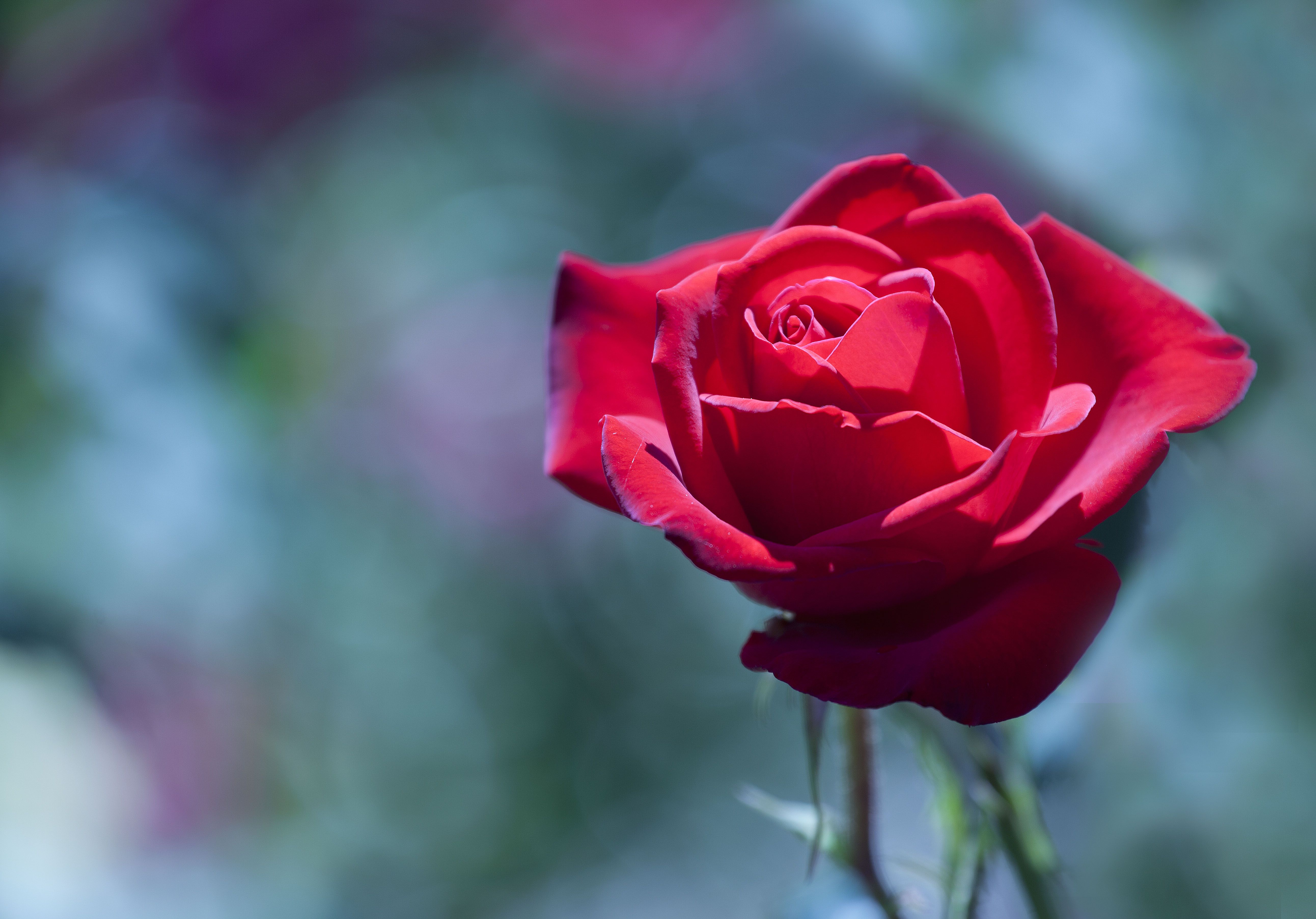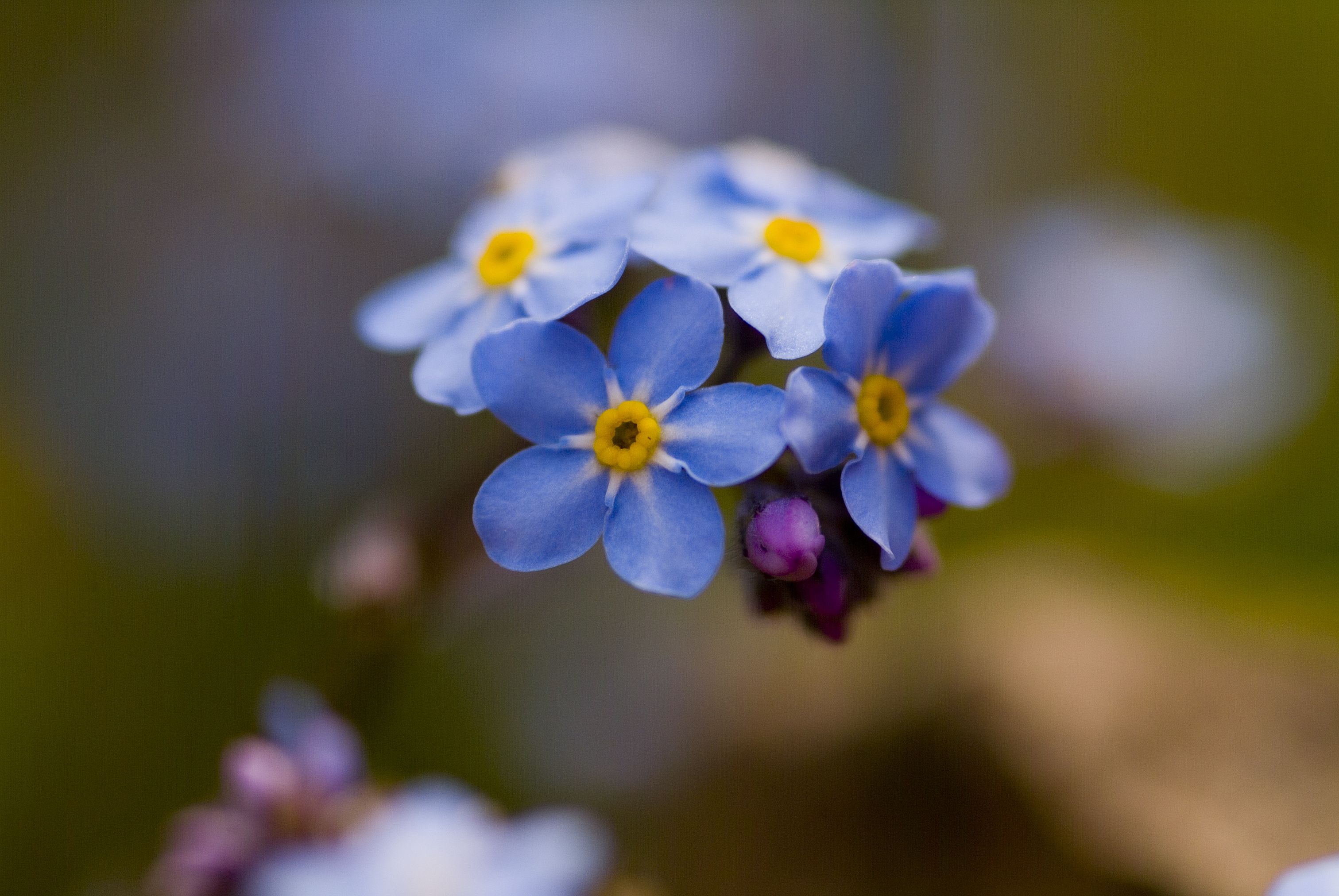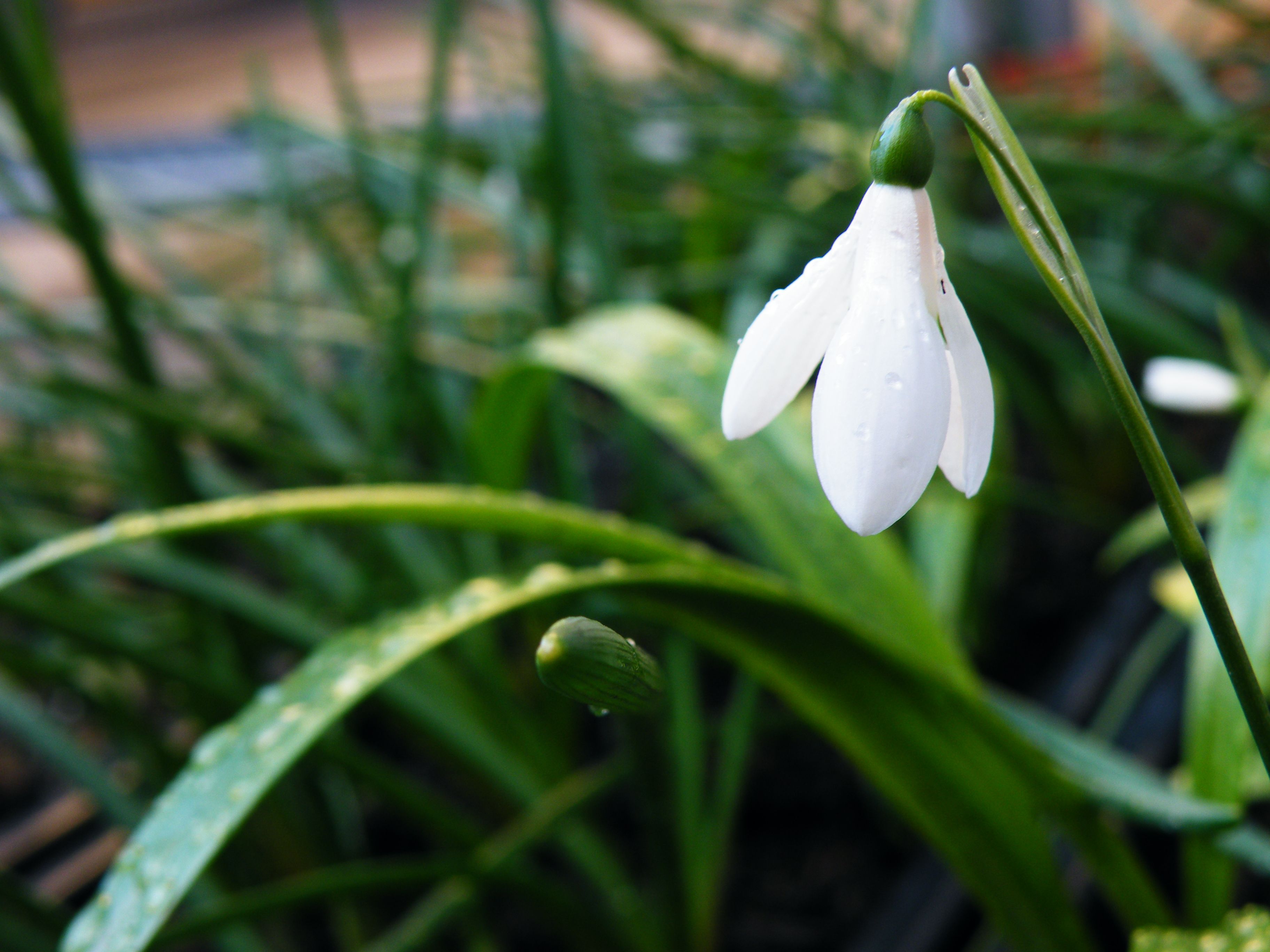As the weather turns warm with the coming of spring, many people are beginning to make plans for the coming gardening season. Most avid gardeners will tell you that they feel closer to God while working in their gardens than they do anywhere else. Planting, weeding, pruning, weeding, mulching, weeding, harvesting, and weeding are all opportunities to reconnect to God’s ongoing work of creation. Gardens are places to work the soil, but they can also be places to pray and seek a few moments of solitude.
From the earliest centuries of the Christian faith, people have seen in various plants echoes of religious and spiritual themes. Many of these are reflected in gardening folklore and even in the names of the flowers and herbs themselves: Mary’s Bedstraw, Ladder-to-Heaven, Penitent’s Rose, or Crown of Thorns. Like living stained glass, these flower and herbs became symbols of faith. And cultivating them became a means of prayer and contemplation. Today, many gardeners plant whole gardens dedicated to religious and biblical themes.
Among Catholics, “Mary’s Gardens” are popular and are filled with plants whose names and folklore mention the Virgin Mary. In Washington, DC, the Basilica of the National Shrine of the Immaculate Conception has a large Mary’s Garden, given to the Shrine by the National Council of Catholic Women. (Rev. Larry Rice, CSP*)
If you’d like to start a Mary’s Garden at your church or in your own yard, there are lots of resources available on the internet. You can find lists of plants, references for folklore, photos, design suggestions, and information on plants and their symbolism.
For example:
LilyLegend tells us that the Angel Gabriel held a lily in his hands when he came to tell Mary that she was chosen to be the mother of the Savior. Lilies are often depicted in pictures of Mary as an indication of purity and grace. |
|
RoseThe rose symbolizes Mary as the Queen of Heaven. The red rose represents sorrow. The white rose shows joy, and the yellow rose stands for the honor bestowed upon Mary. |
 |
Forget-me-notThe tiny blue flowers of this plant represent Mary's eyes |
 |
LavenderThis fragrant plant represents purity, cleanliness and virtue – Mary’s spotlessness and chastity. |
 |
SnowdropThe snowdrop is said to have bloomed in February when Mary took Jesus to the temple to present him to God. |
 |
Mary Gardens also often include statues of the Blessed Mother and/or benches at their entrance or center to facilitate our enjoyment of them as places of prayerful contemplation.
The St. Elizabeth Ann Seton Parish's (in Pennsylvania) Mary Garden gives you an idea about how Mary Gardens recall the lives of Mary and Jesus. They ask the visitor to visit the garden and think of Mary:
"Picture her eyes (Forget-Me-Nots), her hair (Maidenhair Fem), her five fingers (Potentilla). Think about her apparel: her smock (Morning Glory), her veil (Baby's Breath), her nightcap (Canterbury Bells), her gloves (Foxglove), and her shoes (Columbine). Remember her attributes: Mary's humility (Violet), the fruitful virgin (Strawberry), Mary's queenship (Virgin Lily), Mary's Flower of God (English Daisy), Mary's glory (Saint John's Wort), and Our Lady's Faith (Veronica).
Think about her life: The Bethlehem Star (Bellflower), the Christmas Flower (Poinsettia), Lady's Bedstraw (Dianthus - Mary used bedstraw to prepare a bed for Jesus), the Epiphany flower (Chrysanthemum), the Flight into Egypt (Fig Tree - legend says that the Holy Family ate the fruit of this tree during their flight into Egypt), Our Lady's Tears (Lily of the Valley - tiny white nodding bell-shaped flowers can be likened to a train of tears), Our Lady's Tresses (Asparagus Fern - legend holds that at the foot of the cross, Mary, in. deep agony, tore out a tress of her hair which Saint John preserved), Mary's Bitter Sorrow (Dandelion), and the Assumption (Hosta - Plantation Lily blooms at the time of the Feast of the Assumption)."
*Father Rice is Vocations Director for the Paulist Fathers.
Adapted from United States Conference of Catholic Bishops. Used with permission.



